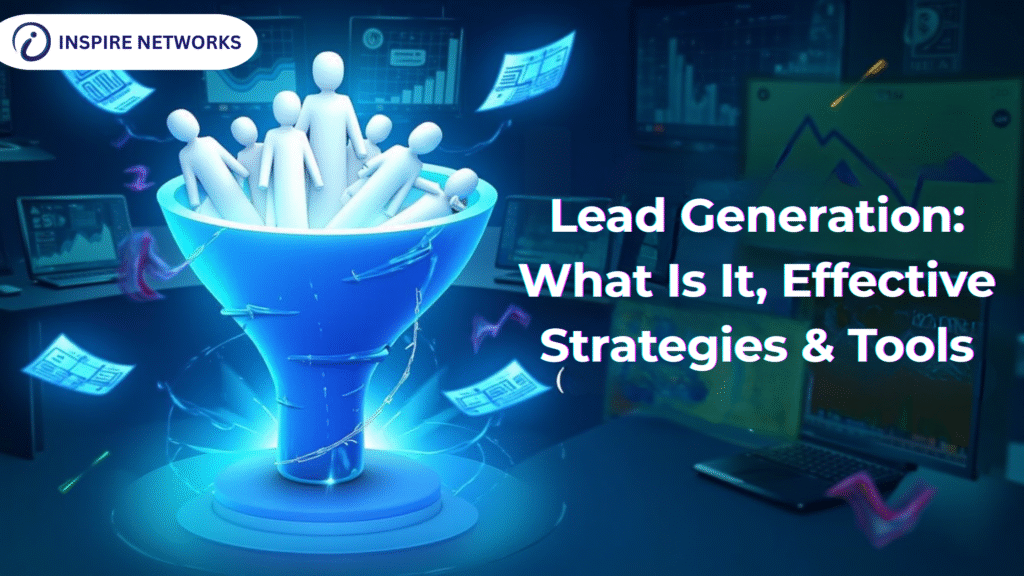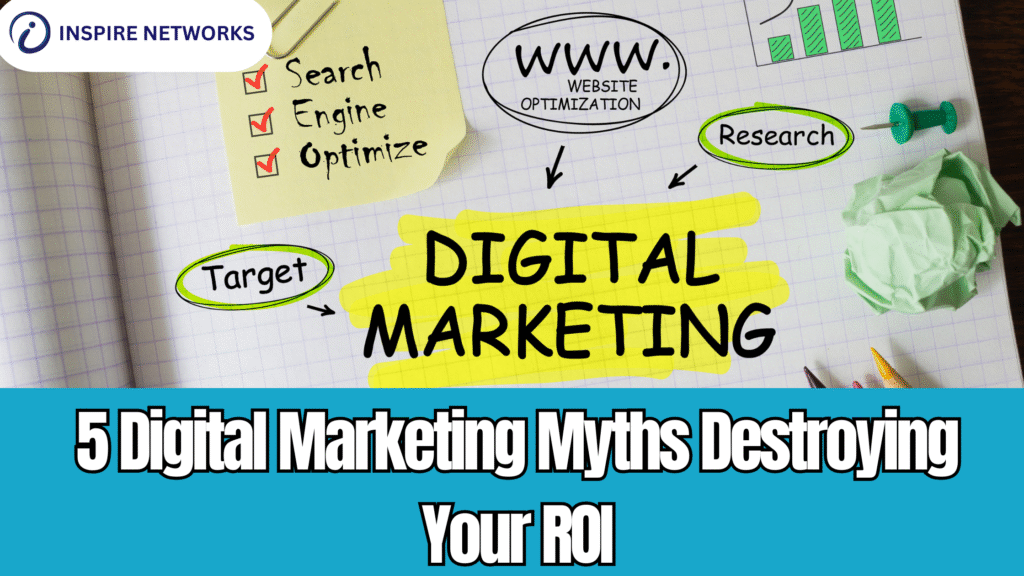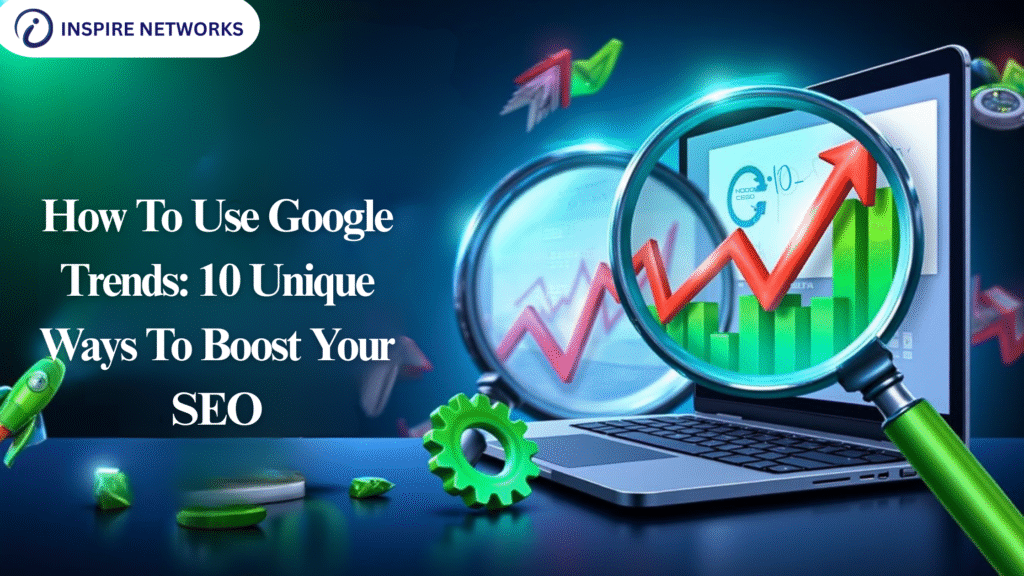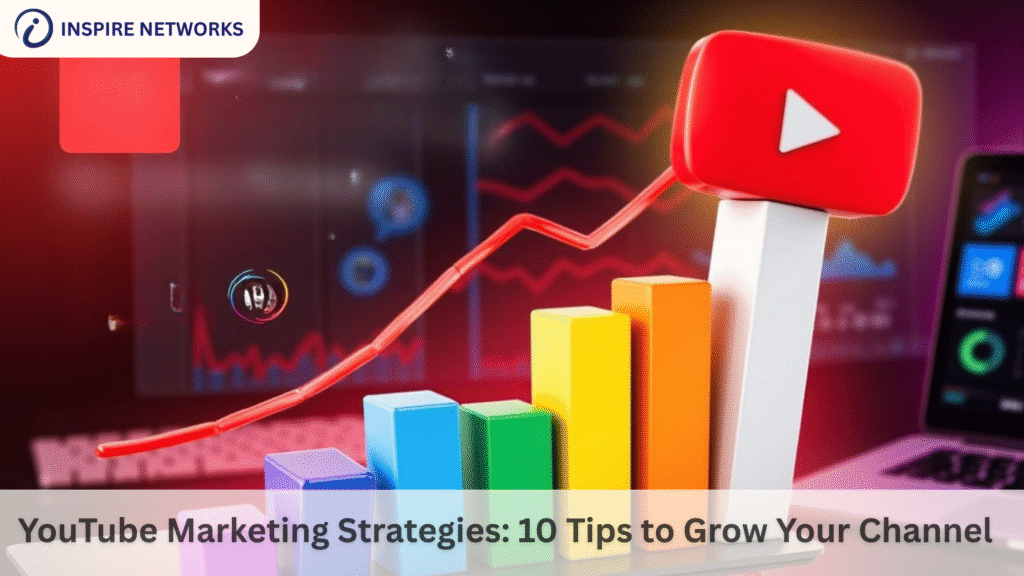Lead Generation: What Is It, Effective Strategies & Tools
Introduction Lead generation refers to attracting potential customers and securing their contact information such that organizations can continue cultivating these prospects. Whether operating in business-to-business or consumer markets, lead generation establishes the framework crucial for sustainable commercial success. Fundamentally, the process aims to engage individuals or entities interested in an enterprise’s goods or services. However, modern lead generation transcends merely aggregating emails or phone numbers. It blends proactive and reactive strategies leveraging cutting-edge tools, targeted outreach, and customized engagement—each calibrated to shepherd prospects through their buyer journey. As digital ecosystems evolve at a dizzying pace, enterprises must stay ahead by exploiting proven approaches and leading-edge technologies to not only obtain leads but transform them into loyal patrons. This comprehensive guide explores the basics of lead generation, its importance in contemporary marketing initiatives, impactful tactics to adopt, and the most powerful available instruments. Types of Leads Lead generation initiates interest or inquiries among potential consumers regarding a business’s offerings. Fundamentally, it involves engaging and gathering data from prospects—usually via forms, phone calls, subscriptions, or conversational interfaces—to subsequently cultivate and eventually convert them into paying customers. Several lead categories exist depending on a contact’s stage in the sales funnel: Why Lead Generation Is Critical for Business Development Lead generation is not just a marketing activity—it is a revenue-driving engine that ensures long-term business sustainability. Here are the primary rationales it is pivotal: Effective Lead Generation Strategies A well-rounded lead generation strategy is a balanced blend of content, technology, and targeted outreach. Below are some of the most effective methods: 1. Content Marketing Creating and distributing useful, relevant content is one of the most efficient ways to generate leads. From blog posts and white papers to eBooks and webinars, content marketing helps educate prospects, answer their questions, and build trust. Best practices: 2. Email Marketing Email marketing remains a cornerstone of lead nurturing. Personalized email sequences, newsletters, and drip campaigns help convert early-stage leads into ready-to-buy prospects through ongoing communication. Best practices: 3. Search Engine Optimization (SEO) SEO elevates visibility organically by boosting rankings on search engines, driving potential customers seeking solutions your business offers. Best practices: 4. Paid Advertising (PPC) Platforms like Google and LinkedIn Ads allow targeted campaigns reaching specific demographics and traffic instantly. Best practices: 5. Social media marekting Social Media Engage new audiences, directly interact with followers, and use native lead forms on Facebook and LinkedIn. Best practices: 6. Landing Pages and Lead Magnets Dedicated landing pages tailored to a single objective—such as downloading a guide or booking a demo—are highly effective in converting visitors into leads. Best practices: 7. Chatbots and Live Chat Real-time interactions via chat tools can qualify leads instantly by answering questions, scheduling demos, or capturing information. Best practices: Top Lead Generation Tools Choosing the right tools is essential for automation, tracking, and performance measurement. Common Lead Generation Struggles Despite the plethora of tools and tactics available, businesses regularly face several challenges: To overcome these, businesses must continuously analyze data, refine their approaches, and align marketing and sales aims. Conclusion Lead generation is far more than just a marketing buzzword—it’s a structured, strategic process that fuels business growth. In an era where digital touchpoints influence nearly every buying choice, companies must adopt modern techniques and leverage data-driven tools to attract, capture, and nurture potential customers. From content creation and SEO to email marketing and paid campaigns, the avenues for lead generation are vast and varied. However, the true power lies in integrating these methods into a cohesive strategy, backed by robust tools and aligned with clear business goals. By implementing the right strategies and investing in the appropriate platforms, businesses can generate high-quality leads, increase conversion rates, and build lasting customer relationships. Lead generation, when executed effectively, becomes the engine that propels a company toward its long-term vision.










